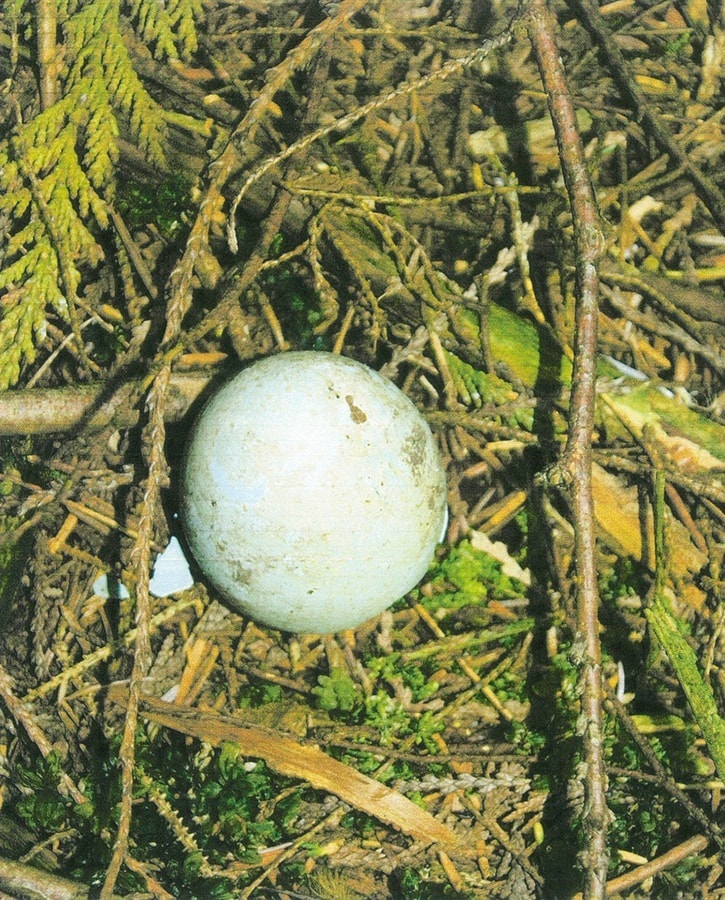Residents in the Atlin Ave. area say plans to develop residential properties at Westview Park not only fly in the face of the city's Official Community Plan, but are misleading and could violate both federal and provincial wildlife regulations.
The park, located adjacent to the former Transition House, is home to one of only two Great Blue Heron nesting sites, known as a rookery, with at least eight nests being sighted. A letter to city planner Zeno Krekic from the Ministry of Forests, Lands and Natural Resources notes that, as Great Blue Herons are a provincially recognized threatened species and a federal species of concern, many nesting sites in the province are protected. The letter states any development would require plans to protect the nests.
The recommended protection for such a site would be a 300 metre buffer area. But a notice of public meeting in last week's issue of the Northern View outlined plans to develop the area.
The letter from the ministry not only appeared in the Sept. 11 council information package, but was brought to the attention of Mayor Jack Mussallem by six residents including the Kristmanson, Rowse and Warren families.
"That 300 metre buffer would cover the area down to 17th street, which means no development at all ... the heron should have settled this. It should have never gone to notice until that issue was taken care of," said Bill Kristmanson, noting the mayor didn't seem concerned.
"It amazes me. Jack was sitting there, I was waving this heron letter at him and it was like he was looking right through me ... they cannot build there because of the heron nests, but they don't seem to get it at all."
The City of Prince Rupert's Official Community Plan indicates the city recognizes "the importance of providing a system of playgrounds and open space" and commits to developing "a program of playground restoration and maintenance ensuring geographic diversification". The group notes the area is and has been a park, going back to the first city survey in 1909, and for decades, parents have taken their children and grandchildren to the park. The residents say this plan continues the trend of removing public space that has been experienced with the closure of Ridley Island and the waterfront.
"As new families move into the area, their kids should be growing up in this park ... this should concern every Prince Rupert resident because it is in our park now, but it could be theirs next. We could see condos proposed for Mariner's Park at this point," said Judy Warren.
"We don't want a park anywhere wiped out. People are going to think it is because this one is in our back yard, but this is about keeping Prince Rupert's parks," said Carol Kristmanson
The city has scheduled a public information meeting on Oct. 22 at the Lester Centre of the Arts from 7 p.m. to 9 p.m. to discuss the potential for developing the land.
However, the group is accusing the city of misleading the public with the notice related to the Oct. 22 information session by not mentioning the area under consideration is a park, currently zoned P1.
"Nowhere in there does it mention it is a park. They completely left that out ... it is akin to Pacific NorthWest LNG leaving out the Skeena River on their project maps," said Bill.
"I am determined to see this left the way it is ... I would like to see this meeting cancelled," said Charlotte Rowse.
Prince Rupert Mayor Jack Mussallem said it is these kinds of concerns that should be brought forward at the information session.
"The public meeting is so that people can come and look at what is being proposed and ask questions. The whole idea is to look at the information, see the footprint of the development and get an idea of the area to be occupied and thw maximum number of units on that property," he said, noting the idea of developing the area was based on an expressed need in the community.
"What came up during community planning is that there are people of a certain age, retirement age, that don't want to live in a house and do their own maintenance, like mowing the lawn, so if there were a condominium or townhouse development there would be a demand for it. There are a variety of spots where this could happen, and there will be more areas considered in the future."
